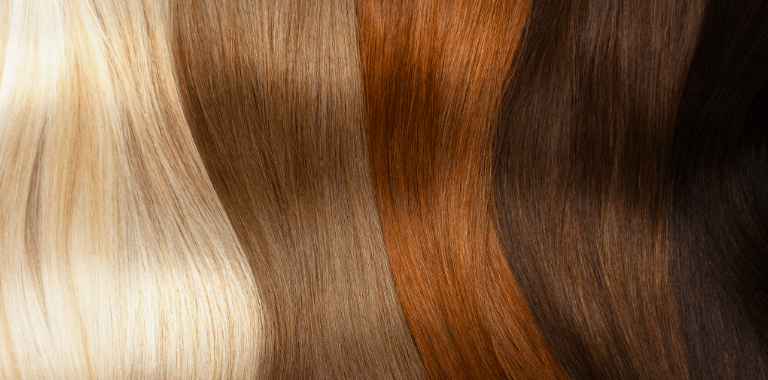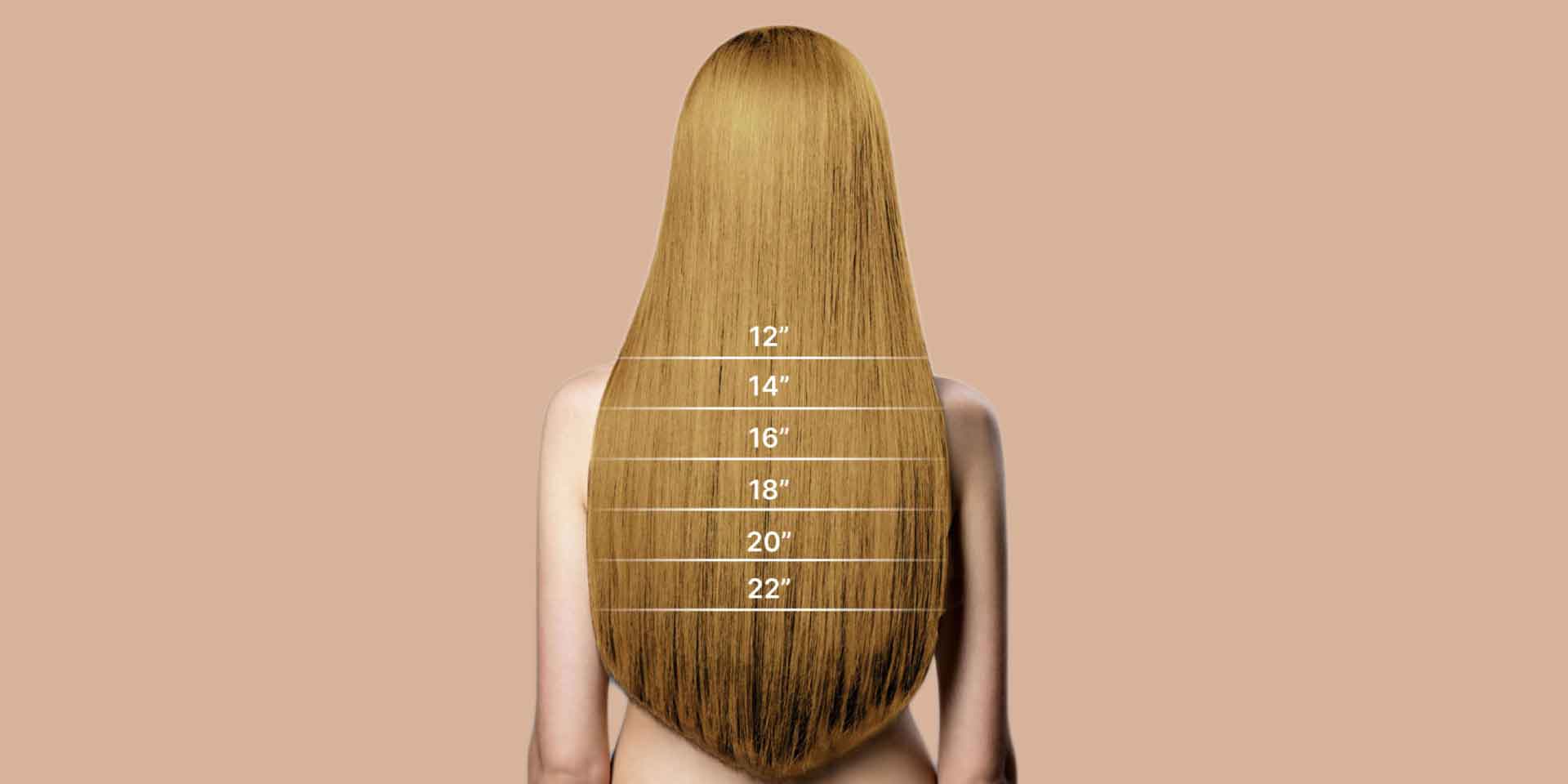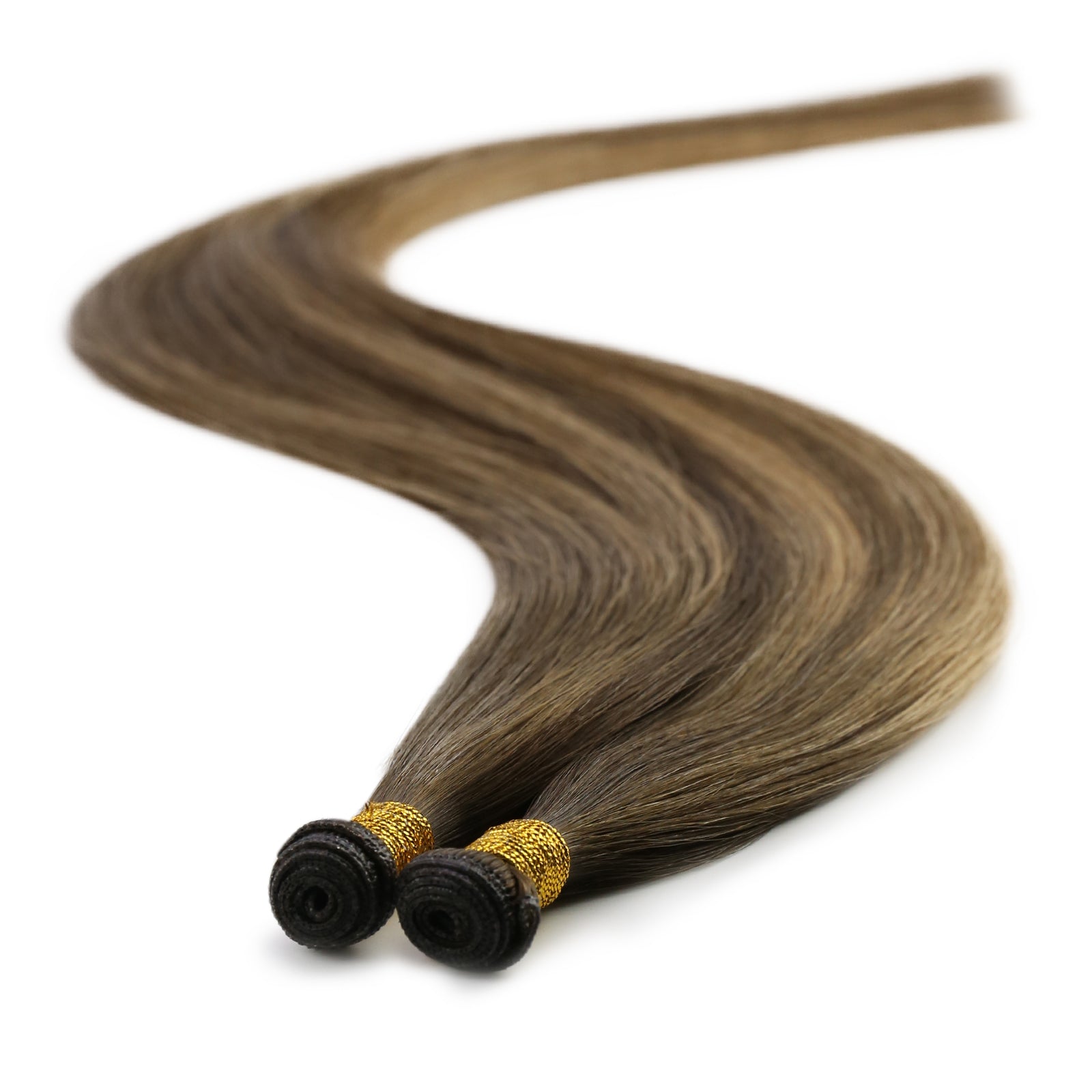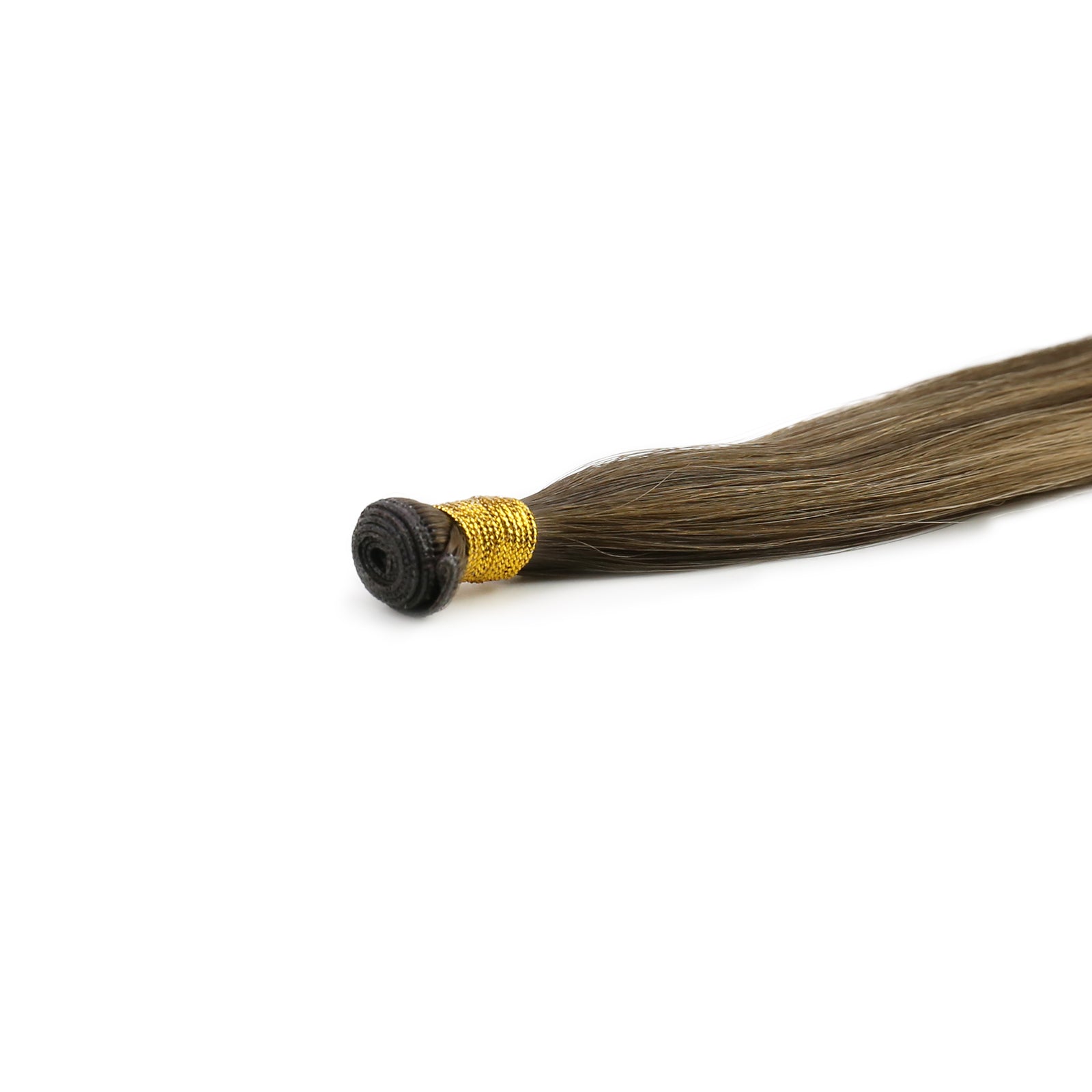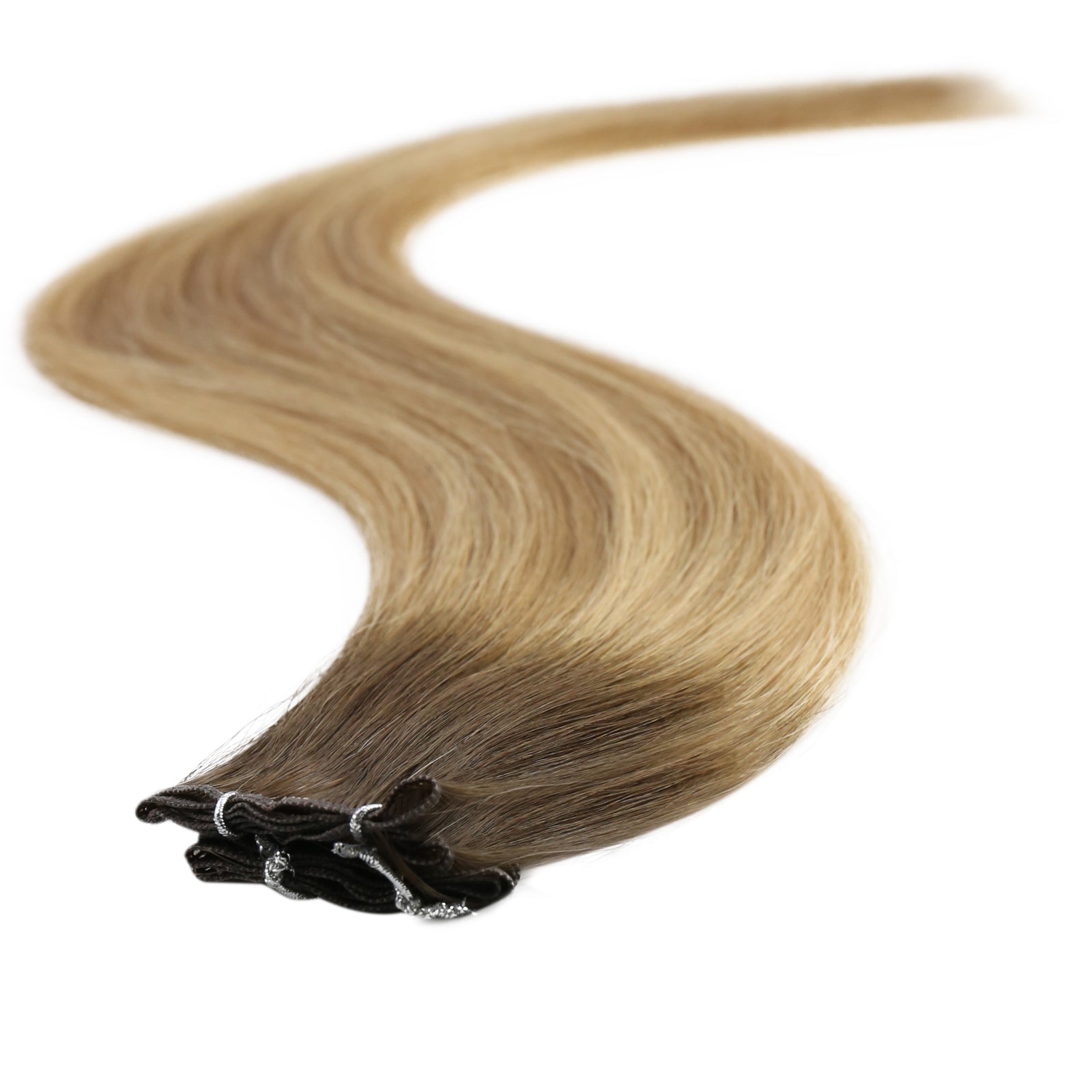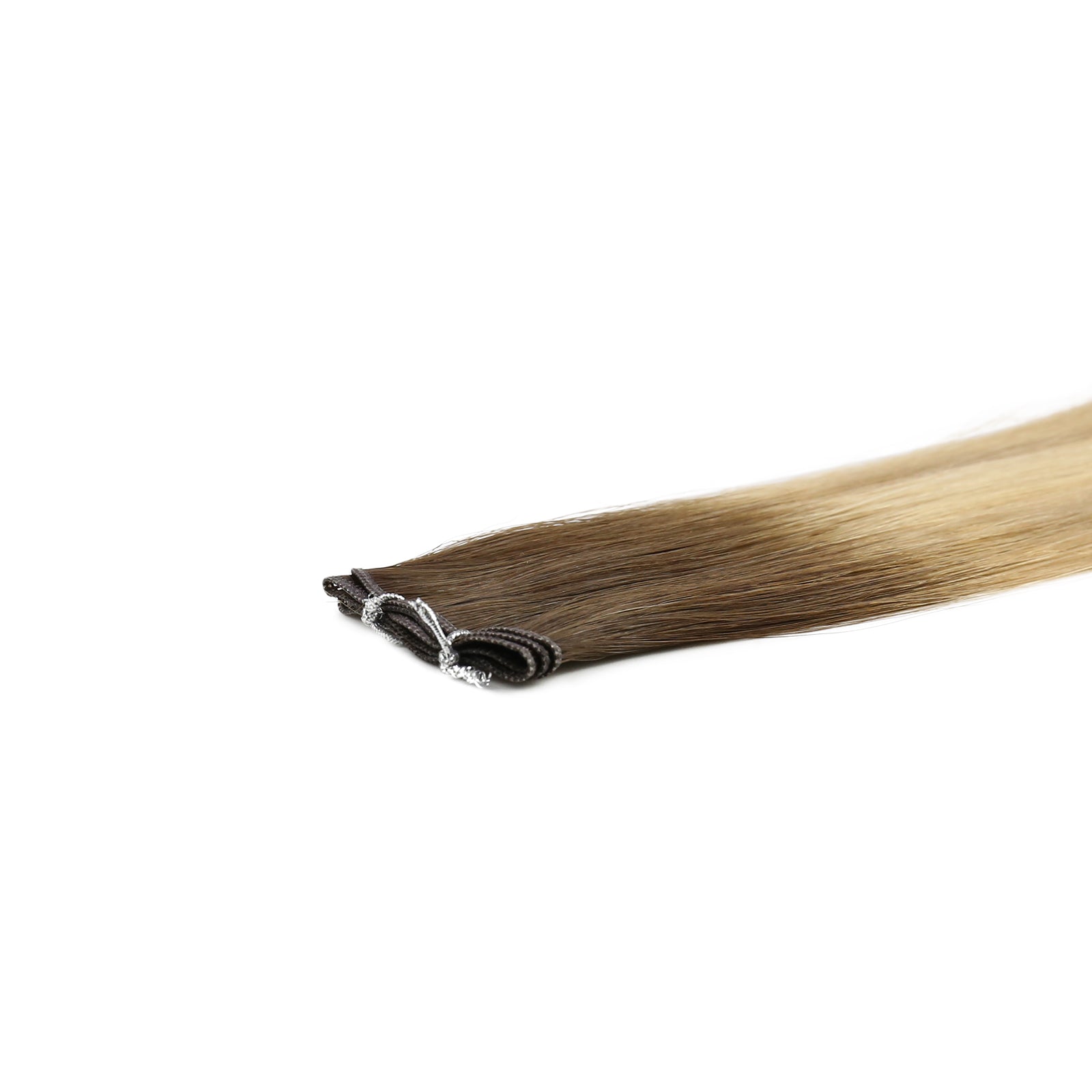Are you frustrated with your hair growth, feeling like it’s stuck at the same length no matter what you do? You’re not alone. Many people struggle with slow hair growth or hair that seems to stop growing altogether. Understanding the reasons behind this and knowing how to address them can help you achieve the luscious locks you desire. In this blog, we’ll delve into the hair growth cycle, explore common reasons for stunted hair growth, and provide practical solutions to help you get back on track. Whether you’re dealing with genetic factors, health issues, or lifestyle choices, we’ve got you covered with tips and insights to promote healthier, faster hair growth.
Understanding the Hair Cycle
Hair growth is a complex process influenced by various factors, including genetics, health, and lifestyle. To understand why your hair might not be growing as expected, it's essential to first grasp the basics of the hair cycle. The hair growth cycle consists of three main phases:
-
Anagen Phase (Growth Phase): This phase lasts anywhere from 2 to 7 years and determines the length of your hair. During this period, hair cells are actively dividing, and the hair strand is continuously growing.
-
Catagen Phase (Transition Phase): Lasting about 2 to 3 weeks, this short phase marks the end of active hair growth. The hair follicle shrinks and detaches from the dermal papilla.
-
Telogen Phase (Resting Phase): This phase lasts for about 3 months. During this period, the hair follicle is at rest, and no new growth occurs. At the end of this phase, the hair strand falls out, and a new one begins to grow, starting the cycle anew.
 We've covered the basics of the hair growth cycle, so there's no need to delve too deeply into the background. Now, let's move on to the main topic and explore the reasons why hair growth can slow down or even stop altogether.
We've covered the basics of the hair growth cycle, so there's no need to delve too deeply into the background. Now, let's move on to the main topic and explore the reasons why hair growth can slow down or even stop altogether.
Why Won’t My Hair Grow?
As several factors can interfere with the natural hair growth cycle, understanding the reasons behind stunted hair growth can be the first step toward finding a solution. Let's explore the common reasons why your hair might not be growing as expected.
1. Genetics
Your genes play a significant role in determining your hair growth rate, length, and thickness. If your parents experienced issues with hair growth or thinning, you might face similar challenges. Genetic predispositions often dictate the maximum potential for your hair's growth and density.
2. Age
As we age, the hair growth cycle tends to slow down. Hair strands become thinner, and the anagen phase, where active growth occurs, may shorten. This results in slower growth and less density, making it harder to maintain long, thick hair as you get older.
3. Hormonal Imbalances
Hormonal changes due to pregnancy, menopause, thyroid issues, or conditions like polycystic ovary syndrome (PCOS) can significantly impact hair growth. Hormones regulate the hair cycle, and imbalances can disrupt this process, leading to stunted growth or increased hair shedding.
4. Nutritional Deficiencies
A lack of essential nutrients, such as iron, zinc, vitamins (especially Vitamin D and Biotin), and proteins, can lead to weakened hair follicles and reduced hair growth. A balanced diet rich in these nutrients is crucial for maintaining healthy, strong hair and promoting consistent growth.
5. Stress
Chronic stress can push hair follicles into the telogen phase prematurely, leading to increased shedding and slower growth. This condition, known as telogen effluvium, disrupts the natural hair cycle and can result in noticeable thinning and a reduction in hair volume.
6. Scalp Health
A healthy scalp is the foundation for healthy hair. Conditions like dandruff, psoriasis, or fungal infections can cause inflammation, itching, and damage to hair follicles. This can hinder hair growth by creating an environment that is not conducive to healthy hair development.
7. Medical Conditions
Certain medical conditions, such as alopecia areata, autoimmune diseases, or scalp infections, can lead to hair loss and hinder hair growth. These conditions affect the hair follicles directly, causing disruptions in the growth cycle and leading to thinning or bald patches.
8. Medications
Some medications, including those for chemotherapy, depression, heart problems, and high blood pressure, can have side effects that include hair loss or slowed hair growth. These drugs can interfere with the normal functioning of hair follicles, resulting in changes to hair density and growth patterns.

How to Fix Stunted Hair Growth
Merely figuring out the reasons behind your stunted hair growth is far from enough, understanding how to address it is what matters the most. Here are some strategies to promote healthier and faster hair growth:
1. Improve Your Diet
Ensure you’re getting a balanced diet rich in essential nutrients. Focus on foods high in proteins, vitamins (A, C, D, E), and minerals (iron, zinc). Incorporate leafy greens, nuts, seeds, eggs, fish, and lean meats into your meals.
2. Reduce Stress
Practice stress-relieving techniques such as yoga, meditation, deep breathing exercises, and regular physical activity. Reducing stress can help normalize the hair growth cycle.
3. Scalp Care
Maintain a healthy scalp by keeping it clean and free from excess oil and dandruff. Regularly massage your scalp to improve blood circulation and stimulate hair follicles. Use gentle, sulfate-free shampoos and conditioners.
4. Avoid Heat and Chemical Damage
Limit the use of heat styling tools, and when you do use them, apply a heat protectant. Avoid harsh chemical treatments and opt for natural hair care products. Choose hairstyles that don’t put excessive tension on your hair.
5. Hair Supplements
Consider taking hair growth supplements that contain biotin, collagen, and other essential nutrients. However, consult with a healthcare provider before starting any new supplement regimen.
6. Regular Trims
While it might seem counterintuitive, regular trims help eliminate split ends and prevent further breakage, promoting healthier growth.
7. Proper Hair Care Routine
Use a wide-tooth comb to detangle your hair, and avoid brushing wet hair as it’s more prone to breakage. Opt for silk or satin pillowcases to reduce friction and prevent hair damage while sleeping.

Other Ways to Get Length
In addition to the above methods that need long-term efforts, there are some solutions for you to see immediate results.
1. Hair Extensions
Hair extensions are a popular and effective way to add length and volume instantly. They come in various types, including clip-ins, tape-ins, sew-ins, i-tips and k-tips, catering to different preferences and budgets. Choose brands like INTACTE that provide high-quality virgin remy hair extensions and affordable prices. Remember, real-hair extensions are always better than synthetic hair extensions, unless the unnatural shininess and inflexibility in styling is what you want for some reasons.
2. Wigs
Wigs offer a versatile option for changing your hair length and style without any commitment. They come in various lengths, textures, and colors, allowing you to experiment with different looks.
3. Hair Pieces and Toppers
Hair pieces and toppers can be used to add volume and length to specific areas, such as the crown or sides. They blend seamlessly with your natural hair for a fuller appearance.
4. Hair Care Products
Certain hair care products, like volumizing shampoos, conditioners, and serums, can create the illusion of thicker and longer hair by adding body and fullness.
When to See a Doctor?
If you’ve tried various remedies and your hair still isn’t growing, it may be time to consult a healthcare professional. Seek medical advice if you experience:
-
Sudden or excessive hair loss
-
Bald patches or significant thinning
-
Scalp infections or severe dandruff
-
Hormonal imbalances
-
Other unexplained symptoms accompanying hair loss
A doctor can conduct tests to identify underlying medical conditions or nutritional deficiencies and recommend appropriate treatments.
Final Thoughts
Hair growth is a gradual process influenced by numerous factors. Understanding the hair growth cycle and addressing potential issues can significantly improve your hair's health and growth rate. By maintaining a healthy lifestyle, taking care of your scalp, and avoiding damaging practices, you can promote better hair growth.
If all else fails, remember there are alternative ways to achieve the look of longer hair, such as extensions or wigs. Patience is key, and with the right approach, you can enjoy healthier, longer hair over time.

